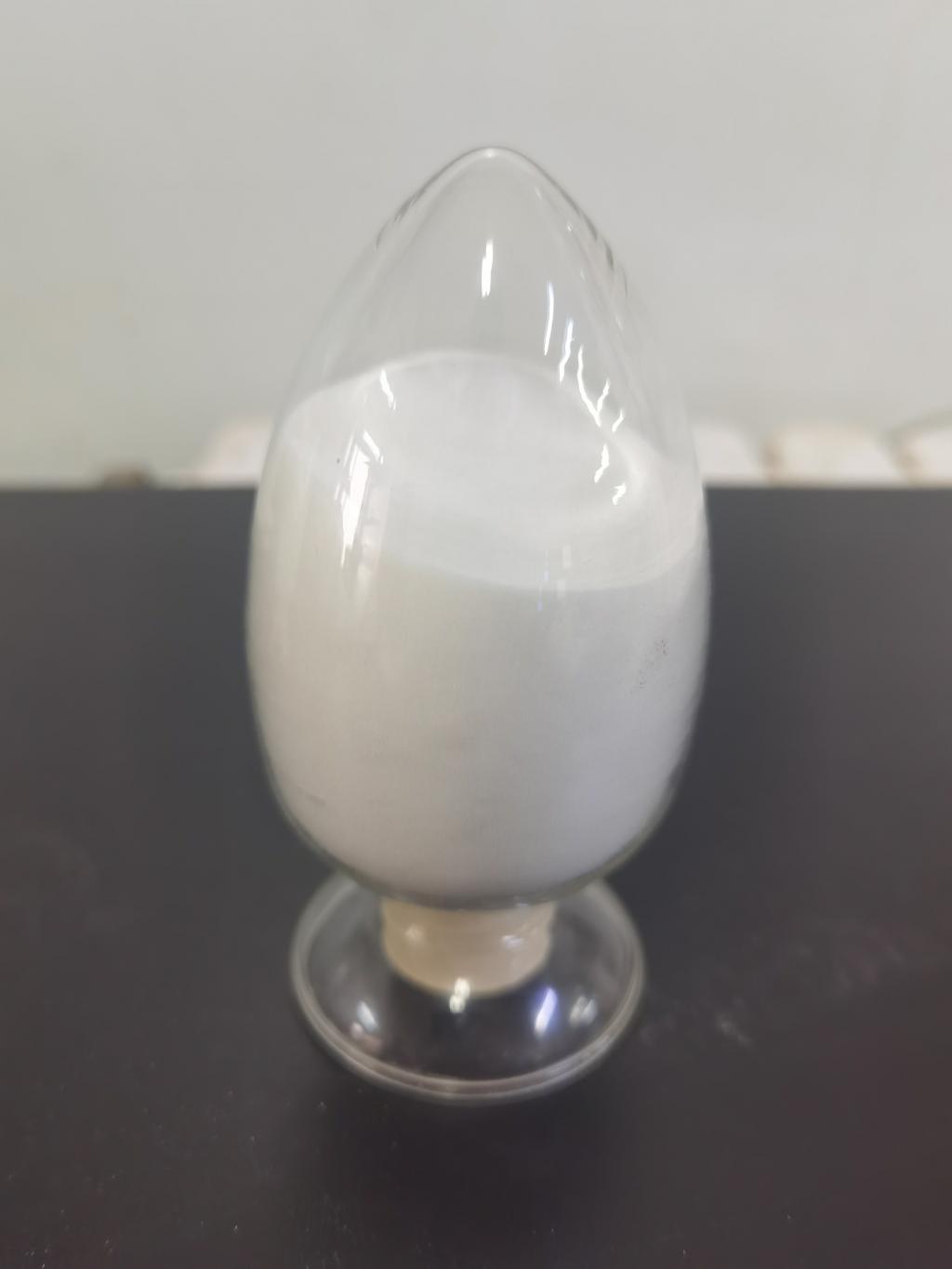Tel:+8618231198596

News
 CONTACT
CONTACT
 CONTACT
CONTACT
- Linkman:Linda Yao
- Tel: +8618231198596
- Email:linda.yao@dcpharma.cn
- Linkman:CHARLES.WANG
- Department:Overseas
- Tel: 0086 0311-85537378 0086 0311-85539701
News
Current Position:
Home >
News
>Sustainable Approaches to Food Safety: The Use of ε-Polylysine Hydrochloride
Sustainable Approaches to Food Safety: The Use of ε-Polylysine Hydrochloride
TIME:2024-01-30
I. The Importance of Sustainable Food Safety:
Growing Concerns in the Food Industry:
The food industry faces a multitude of challenges, including the need to feed a growing global population, reduce food waste, and ensure the safety of products. Sustainable food safety practices are essential to address these challenges while minimizing the environmental impact.
Environmental Impact of Traditional Preservatives:
Many traditional preservatives used in the food industry, such as synthetic chemicals, have been associated with environmental pollution, resource depletion, and potential health risks. Sustainable alternatives are sought to mitigate these concerns.
II. Introduction to ε-Polylysine Hydrochloride:
Natural Antimicrobial Peptide:
ε-Polylysine hydrochloride is a naturally occurring antimicrobial peptide produced through the fermentation of certain strains of bacteria, particularly Streptomyces albulus. Its primary role is as an antimicrobial agent, inhibiting the growth of a broad spectrum of bacteria.
Biodegradable and Safe:
One of the key advantages of ε-polylysine hydrochloride is its biodegradability and safety. As a natural compound, it is considered safe for consumption, and its breakdown in the environment is less likely to contribute to long-term ecological issues.
III. Antimicrobial Properties of ε-Polylysine Hydrochloride:
Inhibition of Bacterial Growth:
ε-Polylysine hydrochloride demonstrates potent antimicrobial properties, particularly against Gram-positive bacteria. Its ability to inhibit the growth of these bacteria is valuable in preventing spoilage and enhancing the safety of various food products.
Preservation of Fresh Produce:
Fresh produce is susceptible to bacterial contamination, contributing to spoilage and food waste. ε-Polylysine hydrochloride has been explored for its potential in preserving fruits and vegetables, extending their shelf life without the need for synthetic preservatives.
IV. Applications in Meat and Poultry:
Reduction of Pathogenic Bacteria:
Meat and poultry products are prone to contamination by pathogenic bacteria, posing risks to consumer health. ε-Polylysine hydrochloride has demonstrated efficacy in reducing the levels of these harmful bacteria, contributing to safer meat and poultry products.
Extending Shelf Life:
The application of ε-polylysine hydrochloride in meat and poultry preservation extends beyond safety concerns. Its ability to inhibit spoilage bacteria contributes to the extension of shelf life, reducing food waste and improving the overall sustainability of the supply chain.
V. Integration into Dairy Products:
Controlling Spoilage Bacteria:
Dairy products are susceptible to spoilage by bacteria, affecting both safety and quality. ε-Polylysine hydrochloride's antimicrobial properties offer a natural means of controlling spoilage bacteria, ensuring the longevity of dairy items without compromising taste and texture.
Enhancing Sustainability in Dairy Industry:
The use of ε-polylysine hydrochloride in dairy preservation aligns with sustainability goals in the industry. By reducing the reliance on synthetic preservatives, dairy producers can adopt more environmentally friendly practices without compromising food safety.
VI. Challenges and Considerations:
Formulation Challenges:
Incorporating ε-polylysine hydrochloride into various food products requires careful consideration of formulation challenges. Researchers and food scientists are working on optimizing formulations to maintain the stability and effectiveness of the compound.
Consumer Acceptance:
The successful adoption of ε-polylysine hydrochloride in the food industry depends on consumer acceptance. Clear communication about its natural origin, safety, and positive impact on food safety and shelf life is crucial for building trust.
VII. Environmental Impact and Sustainability:
Biodegradability:
The biodegradability of ε-polylysine hydrochloride distinguishes it from many synthetic preservatives. Its breakdown in the environment poses fewer risks of long-term pollution, aligning with sustainability goals in the food industry.
Reduced Food Waste:
One of the significant contributions of ε-polylysine hydrochloride to sustainability is its role in reducing food waste. By extending the shelf life of perishable products, it addresses the environmental impact of food waste in landfills.
VIII. Future Directions and Innovations:
Research and Development:
Ongoing research aims to further understand the potential applications of ε-polylysine hydrochloride in different food matrices. Innovations in formulations, delivery systems, and combinations with other natural preservatives may open new possibilities.
Collaboration with the Food Industry:
Collaboration between researchers and the food industry is crucial for the successful integration of ε-polylysine hydrochloride into food preservation practices. Establishing partnerships facilitates the translation of research findings into practical and sustainable solutions.
IX. Regulatory Considerations:
Approval and Standardization:
Navigating regulatory pathways is essential for the widespread acceptance of ε-polylysine hydrochloride as a food preservative. Collaboration with regulatory bodies, adherence to safety standards, and transparency in labeling contribute to regulatory approval.
Advocacy for Sustainable Practices:
Advocacy for sustainable food safety practices, including the use of ε-polylysine hydrochloride, involves educating policymakers, industry stakeholders, and consumers. Emphasizing the environmental and health benefits of sustainable preservatives can drive policy changes that support their adoption.
X. Case Studies and Success Stories:
Highlighting case studies and success stories where ε-polylysine hydrochloride has been successfully integrated into food preservation practices can provide tangible examples of its positive impact. These stories serve as inspiration for other companies considering similar sustainable initiatives.
Conclusion:
ε-Polylysine hydrochloride represents a promising and sustainable alternative in the quest for safe and eco-friendly food preservation. Its natural origin, antimicrobial properties, and biodegradability position it as a valuable tool for the food industry striving to address food safety concerns while minimizing environmental impact. Ongoing research, collaboration with the food industry, and advocacy for sustainable practices will likely shape the future of ε-polylysine hydrochloride in fostering a more sustainable approach to food safety and preservation.
- Tel:+8618231198596
- Whatsapp:18231198596
- Chat With Skype







